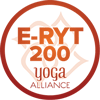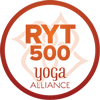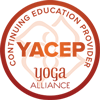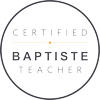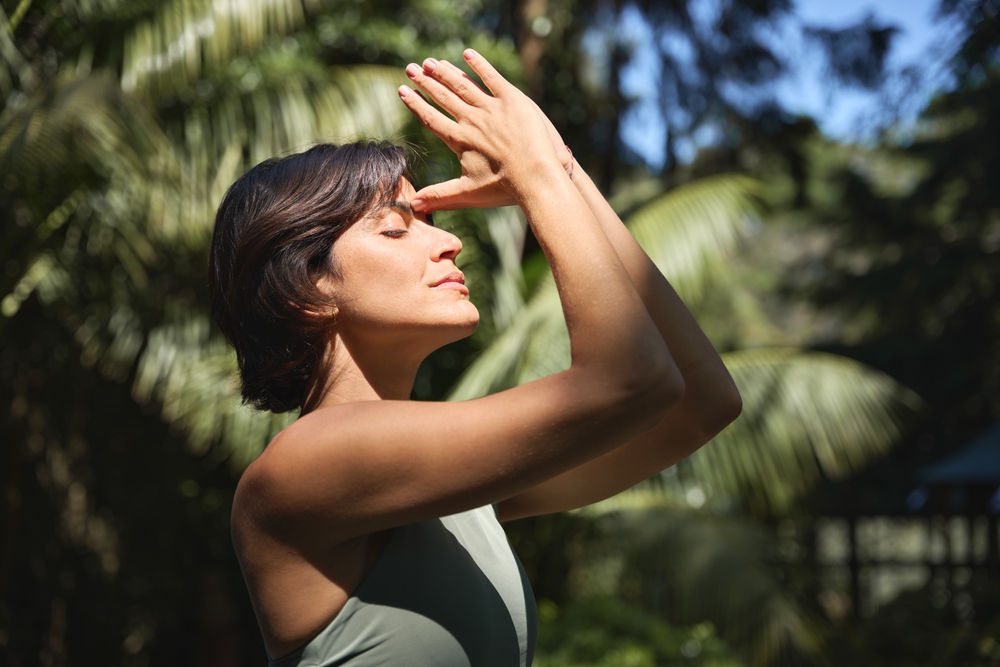
Do you ask yourself sometimes: “What is wrong with me?”
I feel irritated, my mind is a whirlwind of thoughts, I suddenly find it difficult to concentrate, and I feel lost and completely overwhelmed—even by the smallest of things.
The to-do list on my desk seems to grow endlessly—or at least, that’s how I perceive it—while I try to form a clear thought.
The clock ticks mercilessly, and I can’t help but get swept up in the chaos around me.
My breathing becomes shallow, and I run out of good ideas. My creativity abandoned me long ago.
In this moment, I can feel the tension rising in my body. My heart beats faster, and I can no longer ignore the restlessness.
All of this is a sign that I’ve lost my balance.
But what does this ideal state of balance look like?
This “center” for me is a state of inner balance and calm, where I feel grounded and at ease with myself. When I’m centered, I feel at home within myself and confident in who I am. Whenever I allow stress to take over, I notice myself drifting further away from that state.
What can you do to come back into balance?
The feeling of being off-center is something we all know—it’s a normal response to stress and the challenges of everyday life, especially when our personal practice is not yet firmly established.
By recognizing the signs and applying specific techniques, I can find my way back to inner balance. To return to my center, I’ve tried out various techniques and practices that help me—and might help you too. Here are some of the methods I regularly use to avoid falling into that previously described “off-center” state:
- Breathing exercises: I often start with deep breaths. By consciously inhaling and exhaling, I can calm my mind and relax my body. I focus on letting the breath flow into my belly, which helps me to ground myself.
- Meditation: A short meditation session works wonders. Even just 5 to 10 minutes spent in complete silence helps me clear my thoughts and reconnect with myself.
- Movement: Physical activity is another key aspect. Whether it’s a walk in nature, an asana practice, or simply stretching, movement helps me release tension and realign my energy.
- Mindfulness: I try to be present from moment to moment. That means consciously perceiving my surroundings—by listening to sounds, feeling textures, or scents. This mindfulness brings me back to the present and grounds me, helping me reconnect with myself.
- Positive affirmations: I like to use positive affirmations to shift my thinking. Phrases like “I am calm and centered” or “I find peace within myself” help me restore inner balance.
- Looking into my own eyes: I look myself in the eyes in the mirror—not at my nose, my lips, or my wrinkles. For three minutes, I gaze into my own eyes to reestablish a connection with my inner self.
Try out one or more of these methods and find what works best for you, so you can return to your center and restore inner balance.
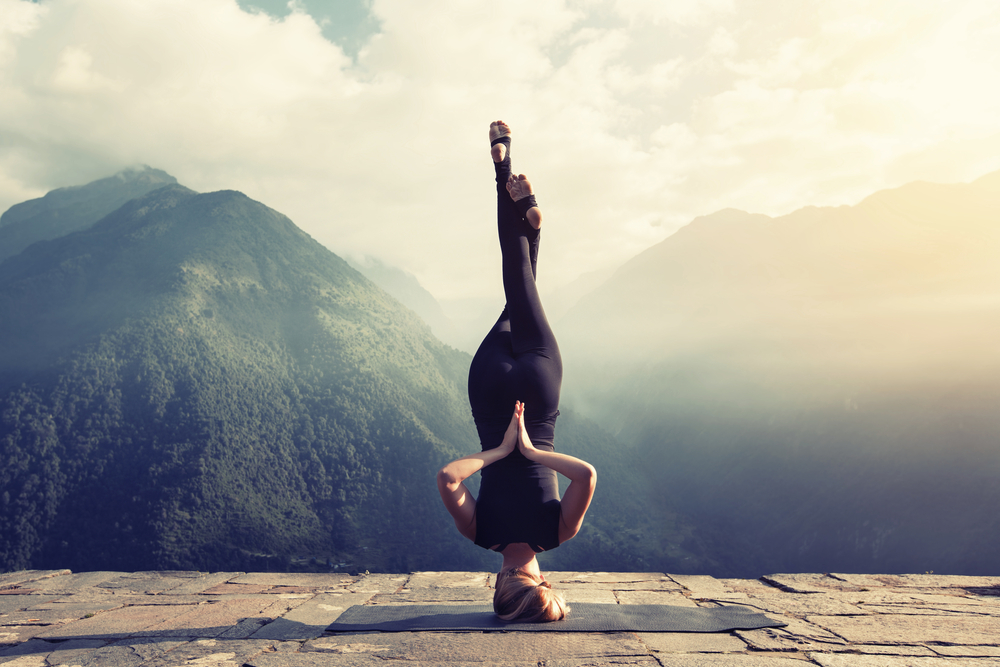
The value of being in balance
It’s important that I regularly carve out time for myself and integrate these practices into my daily life with discipline, in order to lead a harmonious, successful, and centered life in the long term. Because only when I’m centered can the creative flow emerge. Creative flow helps me live and work in a state of connection, creativity, and productivity. In this state, I feel inspired, motivated, and focused. Here are some reasons why a creative flow is so important:
- Increased productivity: In the flow state, I can complete tasks faster and more efficiently.
- Enhanced creativity: I’m more open to new ideas and solutions, often resulting in innovative outcomes.
- Deeper concentration: Flow helps me block out distractions and fully concentrate on the task at hand.
- Greater fulfillment: I experience flow as deeply satisfying. It brings fulfillment and meaning into my life.
- Improved problem-solving: In the flow state, I’m better able to analyze complex problems and find creative solutions.
Being in balance also supports healthy relationships, as it allows me to communicate more clearly, listen with empathy, and resolve conflicts more constructively. I radiate more calm and stability, which attracts others and builds trust.
This way, I can offer the people around me a sense of safety and well-being. I’m also better able to set boundaries and express my needs in a positive way, which leads to more harmonious and fulfilling relationships.
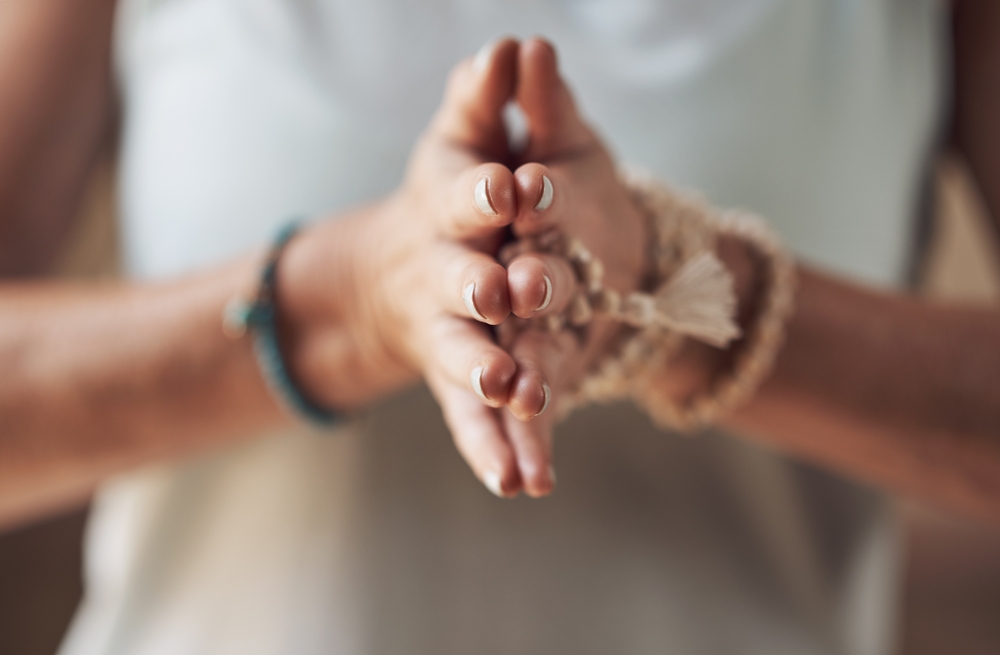
When the mind looks outward,
it is swept away by the violent winds of the world.
But when it turns inward,
we can find our center
and rest in stillness.
– Haemin Sunim (Korean Zen monk)
In Conclusion
Only in our center can we find the feeling of complete relaxation—relaxation within the flow, so to speak. And through that, we can all make a meaningful contribution to ourselves and to others.
Namaste,
Karin & Team
